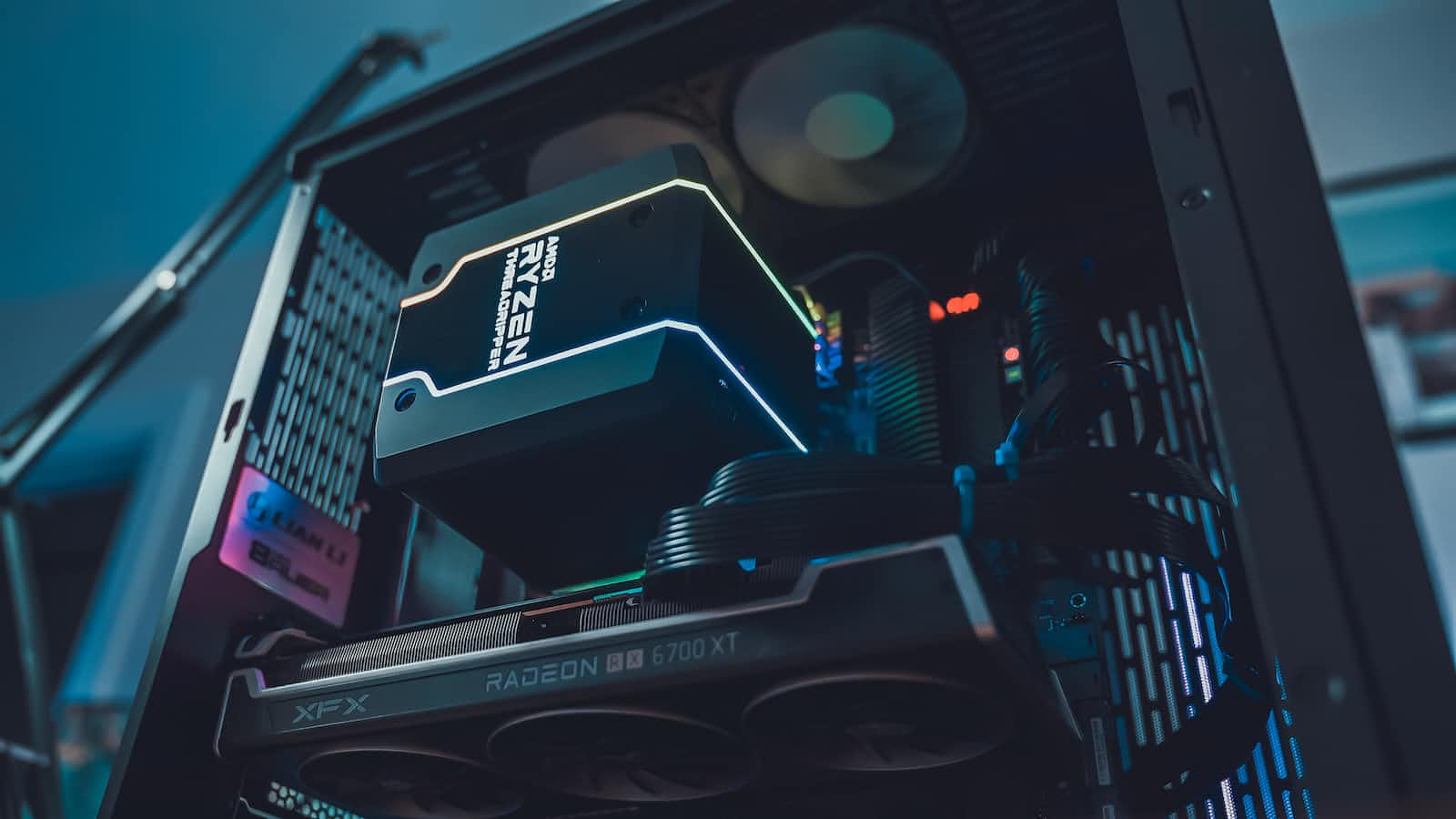Parallel Computing Decision Factors
 Rishabh Bassi
Rishabh BassiTable of contents

Parallel computing is the use of multiple processors or computers to solve a computational problem simultaneously. The technique has become increasingly popular as a means of accelerating the performance of computationally intensive tasks, such as simulations, data analysis, and machine learning. However, the decision to use parallel computing is not always straightforward, and there are several factors that must be considered when choosing a parallel computing technique. In this blog, we will explore some of the key decision factors that influence parallel computing.
Problem Size
The size of the computational problem is one of the most critical factors to consider when selecting a parallel computing technique. For smaller problems, a single processor may be sufficient to complete the task quickly. However, for larger problems that require significant amounts of computation, parallel computing is necessary to achieve acceptable performance. It is essential to estimate the size of the problem before deciding on the parallel computing technique to use.
Architecture
The architecture of the system on which the computation is to be performed is another critical factor to consider. Different parallel computing techniques are optimized for different architectures, such as shared-memory or distributed-memory systems. Shared-memory systems typically have a smaller number of processors, while distributed-memory systems can have a large number of processors distributed across multiple machines. The choice of architecture can significantly impact the performance of the parallel computing technique.
Communication Overhead
Communication overhead refers to the time and resources required for the processors in a parallel computing system to communicate with each other. It is essential to consider the communication overhead when selecting a parallel computing technique, as it can have a significant impact on performance. Techniques that require frequent communication between processors can suffer from high communication overhead, which can lead to poor performance.
Scalability
Scalability refers to the ability of a parallel computing technique to perform well as the number of processors or the size of the problem increases. A technique that scales well can handle larger problems and more processors without a significant decrease in performance. Scalability is essential to consider when selecting a parallel computing technique, as it can impact the cost-effectiveness of the solution.
Programming Model
The programming model is the method used to specify the parallel computation. Different programming models have different strengths and weaknesses, and it is essential to consider the programming model when selecting a parallel computing technique. For example, some programming models are optimized for shared-memory systems, while others are optimized for distributed-memory systems.
Available Resources
Finally, the available resources must be considered when selecting a parallel computing technique. The resources available can include the number of processors, the memory capacity, and the network bandwidth. The selection of a parallel computing technique must take into account the resources available to ensure optimal performance.
Frameworks Available
When it comes to parallel computing, there are several popular techniques available, including OpenMP, MapReduce, and MPI. Each technique has its own strengths and weaknesses, and the decision to use a particular technique will depend on the problem being solved and the available resources. Let's take a closer look at how these three techniques compare with regards to the decision factors we discussed earlier.
Problem Size
OpenMP is best suited for problems that can be parallelized at the loop level, making it ideal for smaller problems that can be decomposed into smaller parts. MapReduce is well-suited for handling large-scale data processing problems, such as those found in big data applications. MPI is designed for high-performance computing and is suitable for problems that require significant amounts of computation.
Architecture
OpenMP is optimized for shared-memory systems and is relatively easy to implement on a single machine with multiple processors. MapReduce is designed for distributed systems and is capable of processing large datasets across multiple machines. MPI is highly scalable and can be used in both shared-memory and distributed-memory systems.
Communication Overhead
OpenMP has low communication overhead since all threads share the same memory space. MapReduce has high communication overhead since data must be shuffled between nodes. MPI has a variable communication overhead that depends on the problem being solved and the communication patterns used.
Scalability
OpenMP can scale well on a single machine, but its scalability is limited by the number of processors available. MapReduce is highly scalable and can handle large datasets distributed across multiple machines. MPI is highly scalable and can handle problems with a large number of processors.
Programming Model
OpenMP uses a shared-memory programming model that is relatively easy to learn and use. MapReduce uses a functional programming model that requires a significant shift in the way developers think about processing data. MPI uses a message-passing programming model that requires careful management of data and communication.
Available Resources
OpenMP requires a system with multiple processors and sufficient memory to handle the problem being solved. MapReduce requires a distributed system with a large number of processors and a significant amount of storage. MPI requires a high-performance computing system with a large number of processors and a fast network.
Conclusion
In conclusion, parallel computing can significantly accelerate the performance of computationally intensive tasks. However, selecting the right parallel computing technique requires careful consideration of several factors, including problem size, architecture, communication overhead, scalability, programming model, and available resources. By taking these factors into account, it is possible to choose the most appropriate parallel computing technique for a given problem, and achieve optimal performance. OpenMP, MapReduce, and MPI are all powerful parallel computing techniques that can accelerate the performance of computationally intensive tasks. The choice of which technique to use will depend on the problem being solved, the available resources, and the desired performance. OpenMP is well-suited for smaller problems that can be parallelized at the loop level, while MapReduce is ideal for processing large datasets across distributed systems. MPI is designed for high-performance computing and can handle problems with a large number of processors. By considering these factors, developers can choose the most appropriate parallel computing technique for their specific needs.
I hope you like this article. Do not hesitate to leave feedback or a comment. If you have any questions about this article, feel free to ask as well. Thank you! Keep on Bussing.
Subscribe to my newsletter
Read articles from Rishabh Bassi directly inside your inbox. Subscribe to the newsletter, and don't miss out.
Written by

Rishabh Bassi
Rishabh Bassi
A Computer Science Engineer with a demonstrated history of working in the software industry. I am currently studying Masters in Computer Science with specialization in Machine Learning from Texas A&M University, College Station. Skilled in Machine Learning, C/C++, Firmware Development, Java, Android Development, Python, Data Analysis, and R. I have been pursuing the Natural Language Processing and Deep Learning domain and published research work on Autonomous Tagging of Stack overflow Questions, Bacteria Detection areas. Creating and innovating stuff is something I'm enthusiastic about. Applying my talents to successfully implement solutions to the challenging problems at hand has been incredibly rewarding and inspirational.